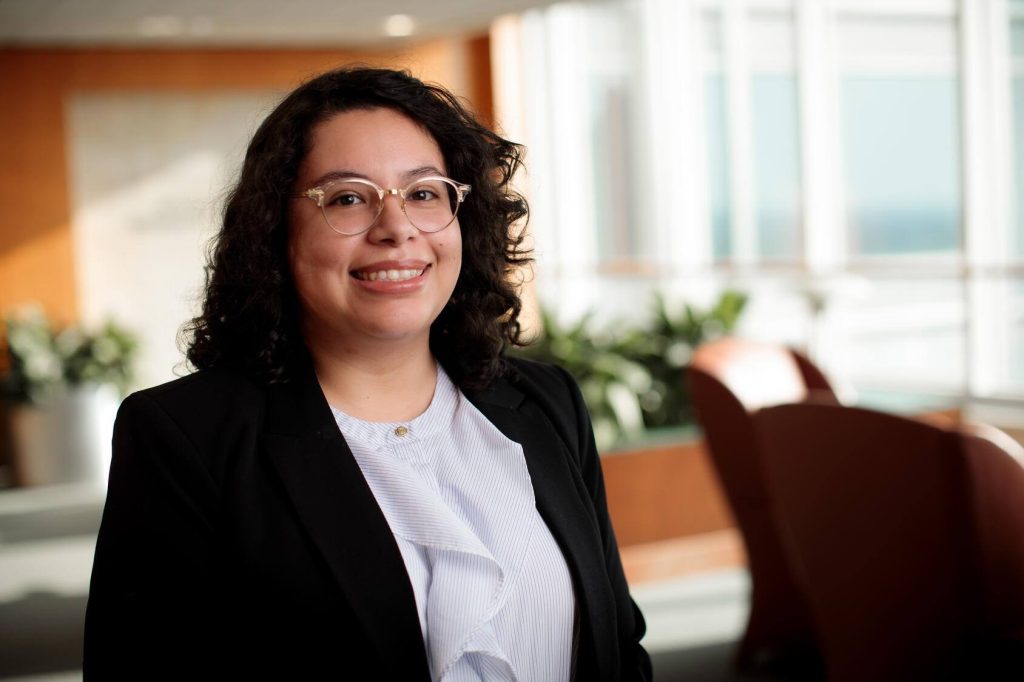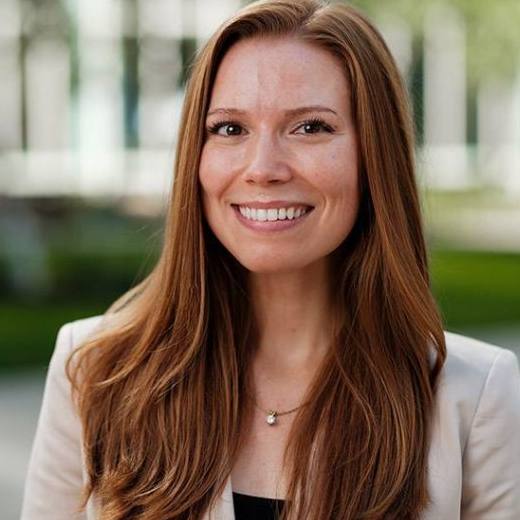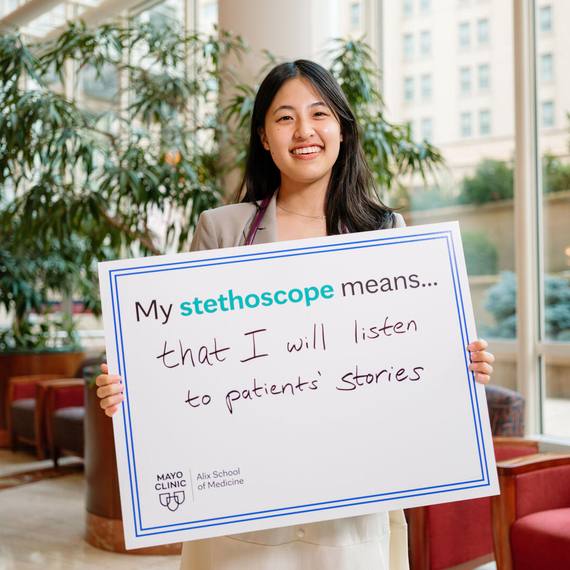-
Demystifying my diagnosis of autism

After learning about her condition, Mayo Clinic graduate student Lizz Cervantes addressed her educational needs — and chose her research focus. Here is her story.
When I was diagnosed — as an adult — with autism spectrum disorder, my first feeling was one of relief. The diagnosis explained to me why I had spent years feeling out of sync in social situations, wondering if I was responding appropriately to other people. The stress of daily interactions took an enormous amount of energy.
The diagnosis also explained some of the frustrations I experienced as a student in a research lab. The bright lights overhead often gnawed at my nerves. One pipette that makes a repetitive piercing sound (other students affectionately call it “The Beeper”) made me want to run out of the room.
With the diagnosis came grief and anger too. How had it taken so many years to get a diagnosis?
I had always been a good student and a nondisruptive kid. For years, my parents and teachers had addressed my anxieties but overlooked the source of the problem, as many do with well-behaved, female children. In fact, 80% of girls with autism spectrum disorder (ASD) remain undiagnosed at age 18, likely because they mask their symptoms instead of acting out as many boys do.
Regardless of when the diagnosis comes, people with ASD can feel as though they are “living as a square in a circle world,” as a therapist described it to me.
Taking steps to adapt
When I finally received a diagnosis, I was empowered to take steps to adapt. As a Ph.D. student in the Clinical and Translational Sciences track at Mayo Clinic Graduate School of Biomedical Sciences, I needed to find the right equipment that would enable me to work comfortably in a laboratory. I reached out to Mayo Clinic’s Office of Wellness and Academic Support — Disability Access Services, which assists Mayo Clinic College of Medicine and Science students who have a need for any type of disability accommodation. The office can help address accessibility issues in classrooms and lab spaces.
Within the office, a disability resource specialist met with me, provided information and offered several suggestions. I made arrangements to take periodic breaks from the lab to mitigate the effect of the bright, overhead lights. I learned about headphones I now wear at work to block out the sound of the dreaded Beeper. Among the suggested accommodations, I had the opportunity to choose those that would be helpful. Some of them, like extra time for exams, I don’t feel I need.
A new scientific goal
Importantly, my diagnosis steered my research focus. My scientific goal is to enable earlier diagnosis for ASD. I aim to develop an objective diagnostic test for autism and other neurodevelopmental disorders. I hope to help other children and families receive a diagnosis as early as possible so they can seek supportive care and adaptive equipment to improve their lives.
As I chose a dissertation advisor, I was excited to join the laboratory of reproductive immunologist Sylvie Girard, Ph.D., in the Department of Immunology. Dr. Girard valued my life experiences and my desire to identify a practical biomarker that could be used in the clinic to identify infants at high risk of developing neurodevelopmental disorders.
We decided on the placenta as a place to begin looking for biomarkers. Pregnancy always involves inflammation, but too much inflammation can be detrimental to a growing fetus. The placenta, which is typically discarded after a baby is born, can serve as a proxy for the biological influences on childhood development, providing a window into the prenatal environment and fetal exposures.
At Mayo Clinic, we have the opportunity to study donated placental tissue samples for inflammatory markers. In addition, we can obtain consent from mothers to review data from their children’s medical charts as the children grow up. We then can correlate findings in the placenta with physicians’ clinical notes from routine pediatric appointments, observing children’s delays in hitting developmental milestones, up to age 24 months. The laboratory and clinical information may help us identify key molecules that could serve as early indicators of ASD risk.
Demystifying a diagnosis
For me, having information about my own ASD has been liberating and inspiring. However, as one ASD expert has explained about the variety of experiences that exist on the spectrum, “When you meet one person with autism — you’ve met one person with autism.” Often, when I disclose my diagnosis to others, a common response is, “You seem fine. Your autism must be very mild.” But autism can present challenges that others can’t see. My autism affects my life daily.
I am grateful to have the opportunity to modify my work environment so I can bring my expertise and enthusiasm to the important issue of neurodiversity. Through honest conversations and my laboratory research, I hope to continue demystifying ASD.
—Lizz Cervantes







